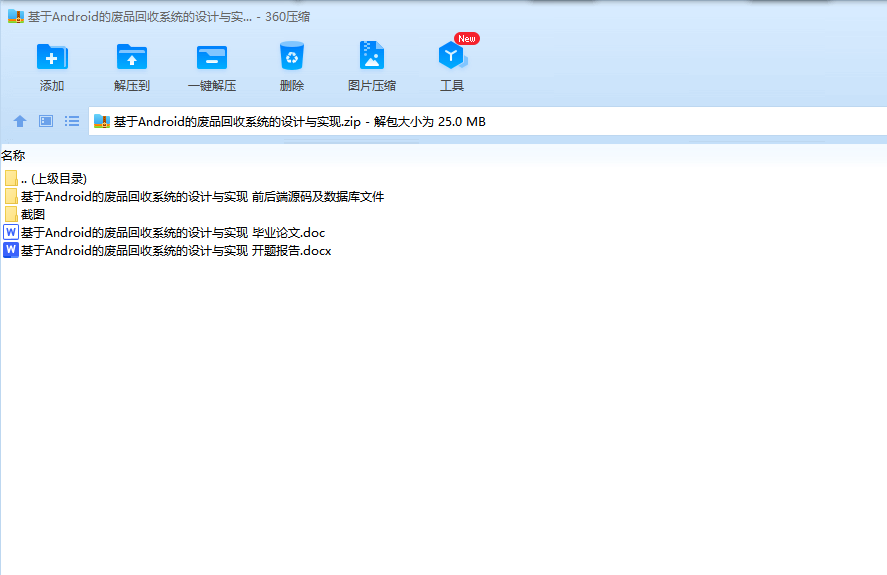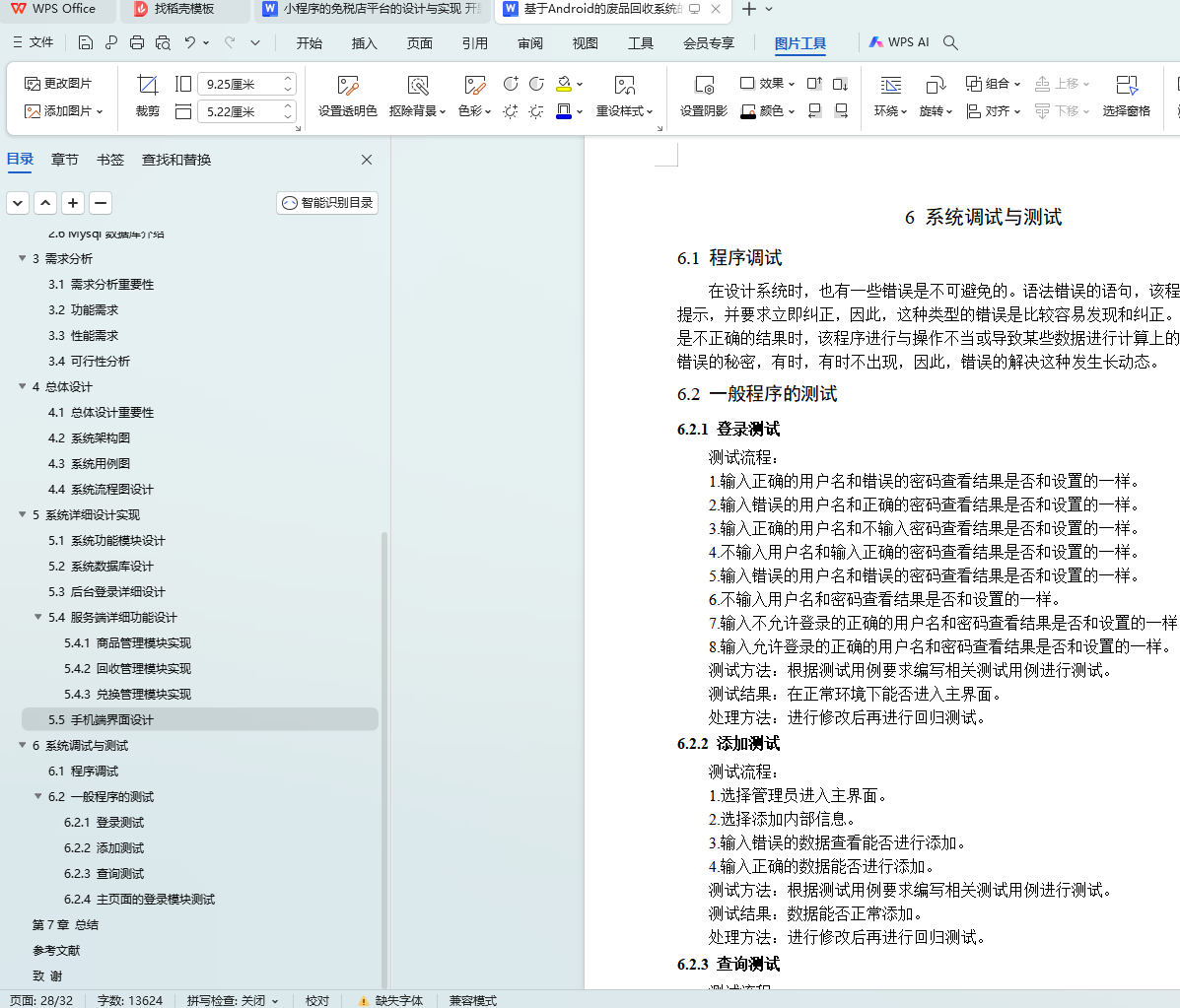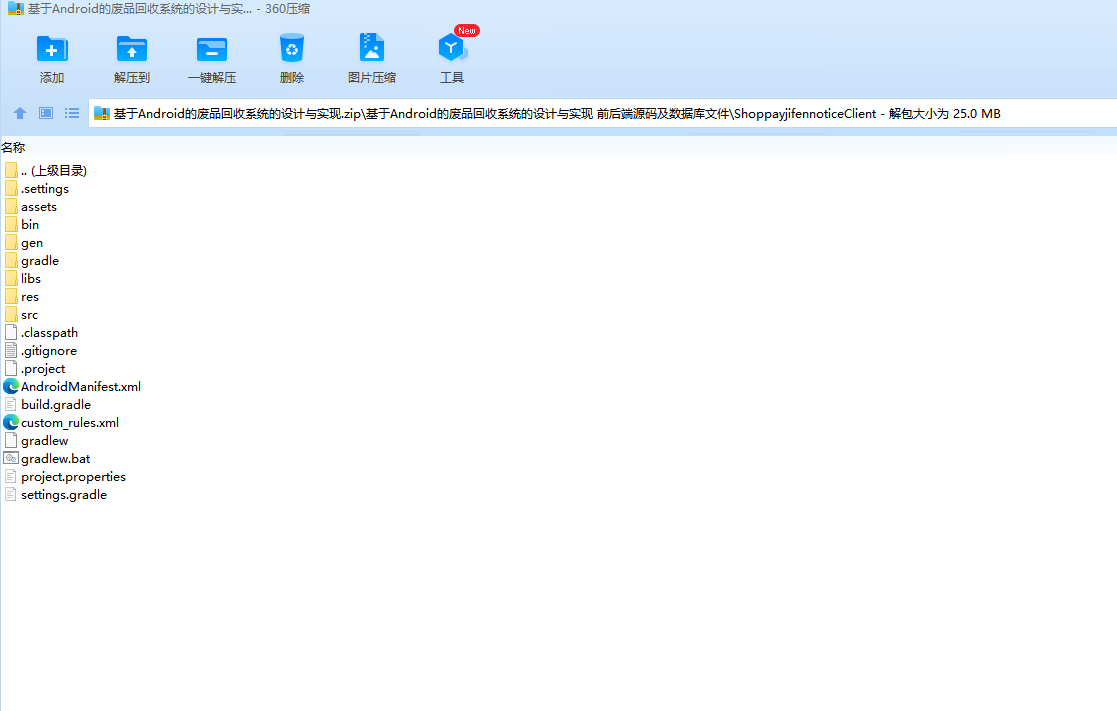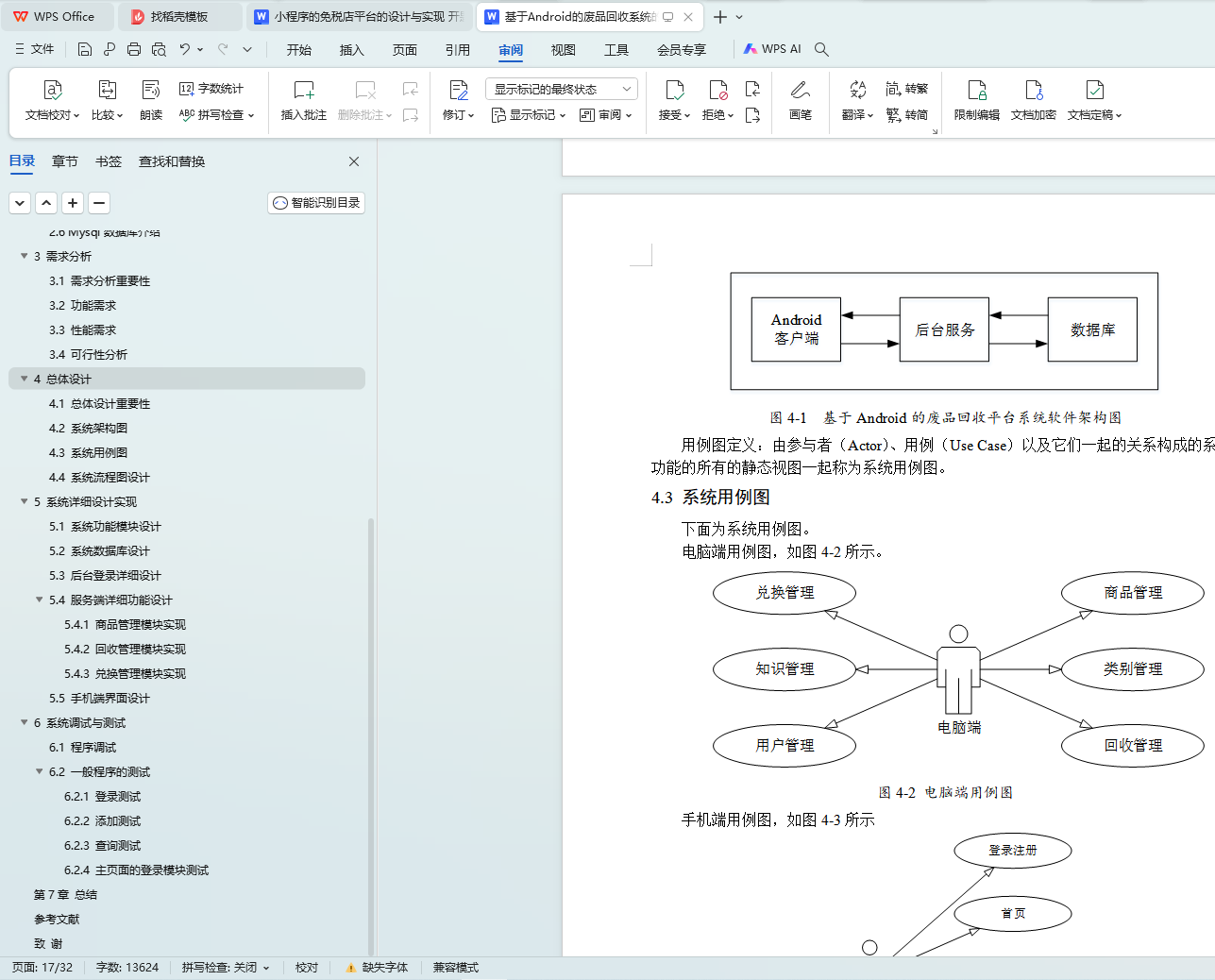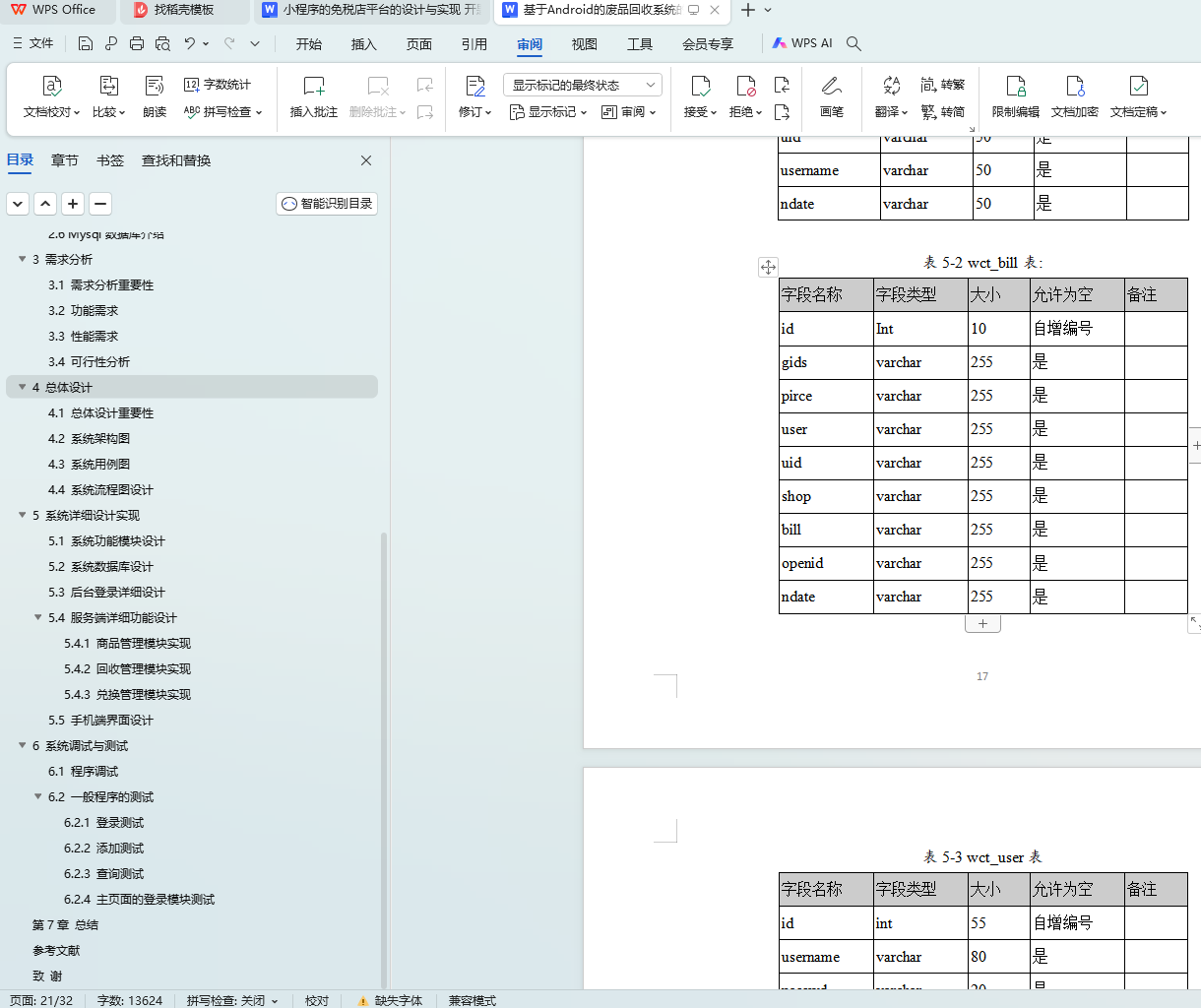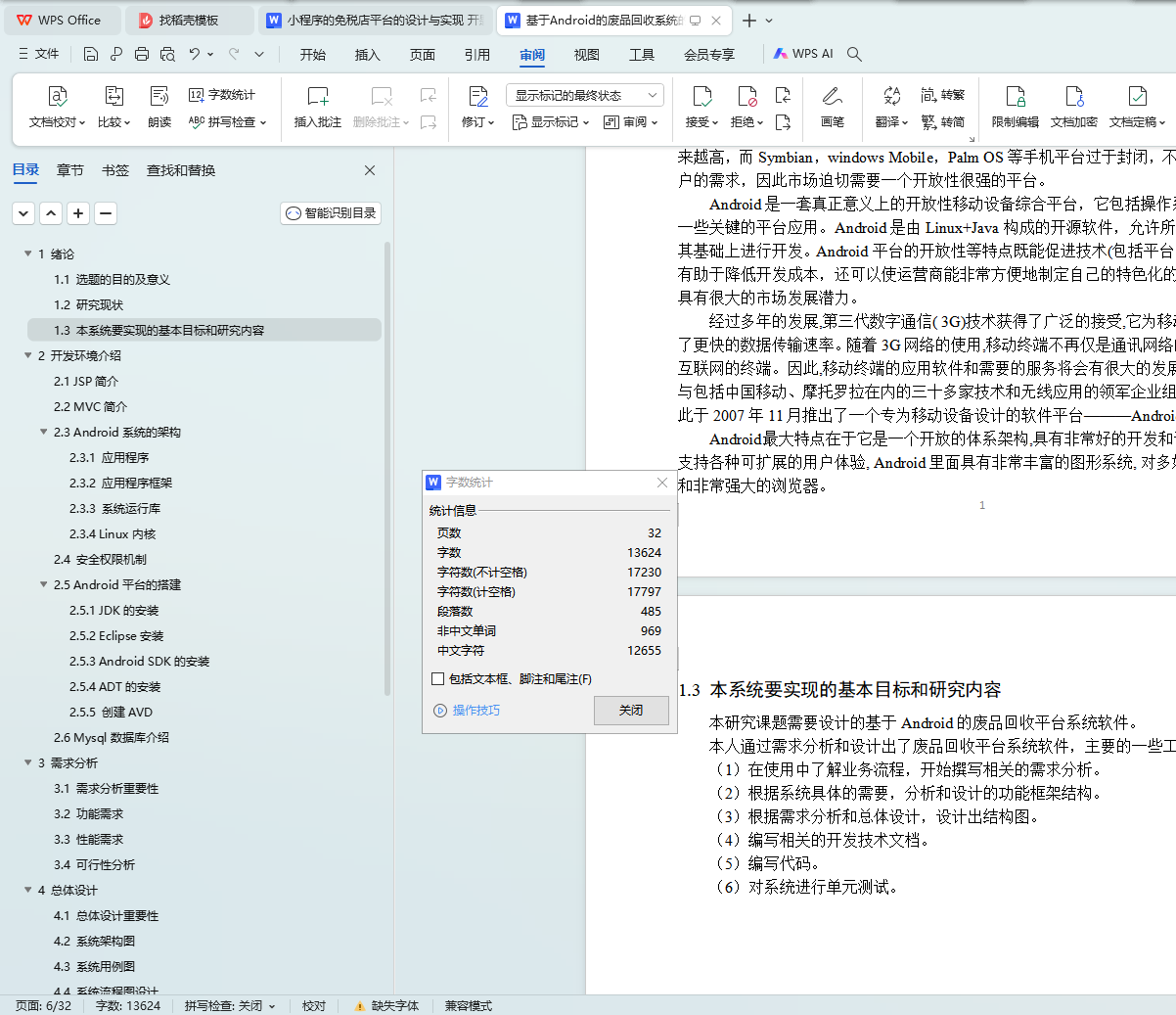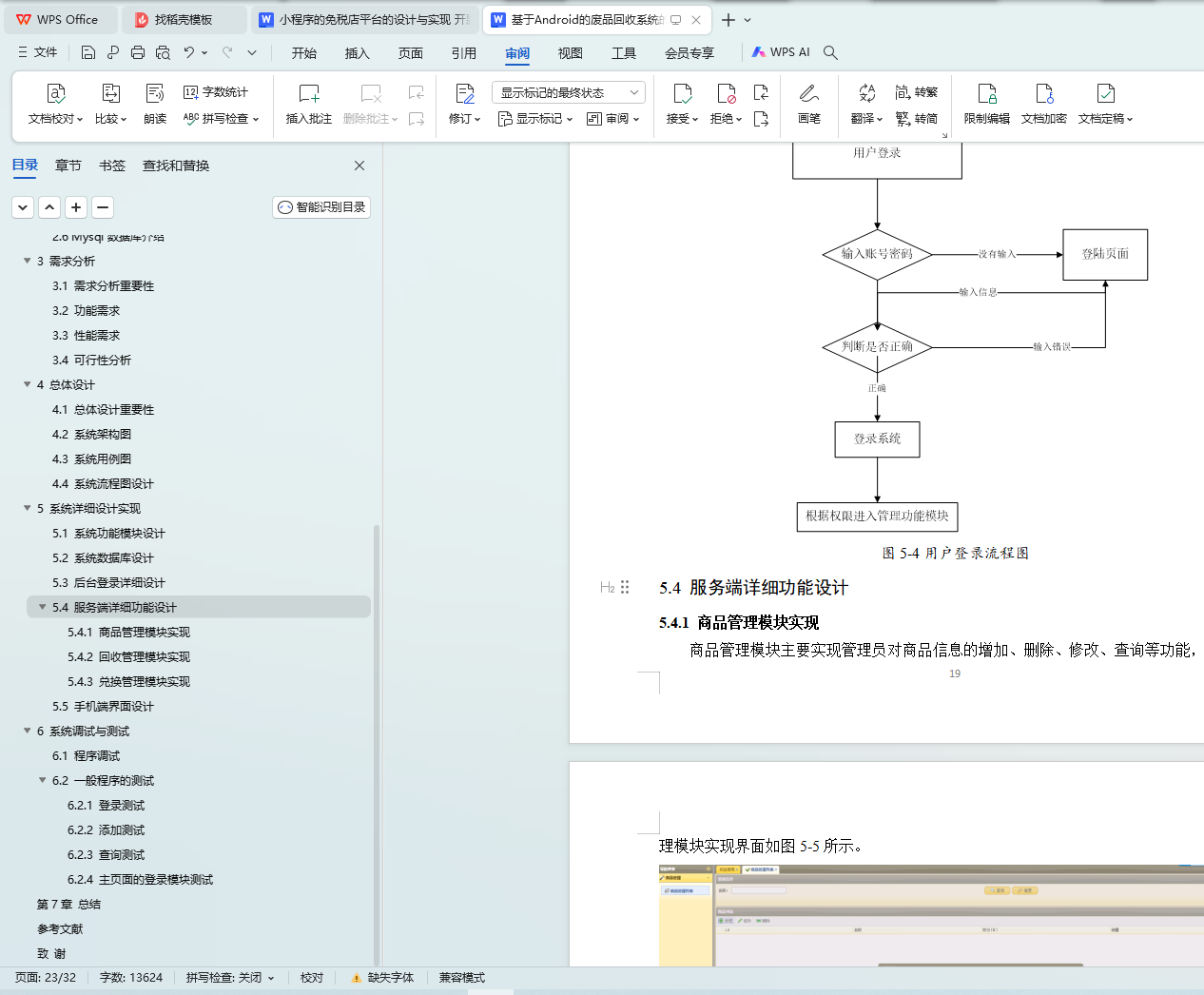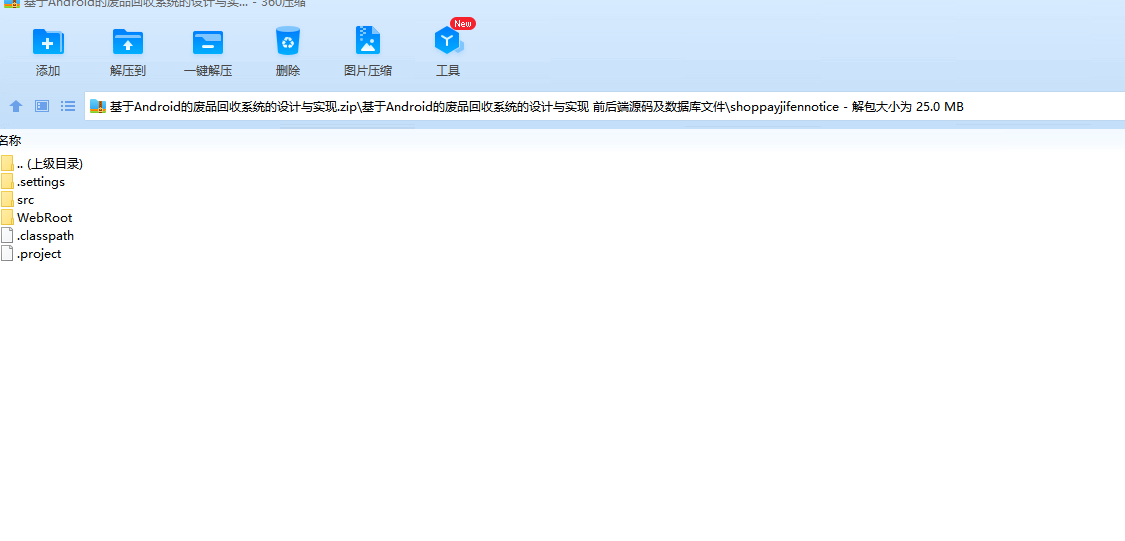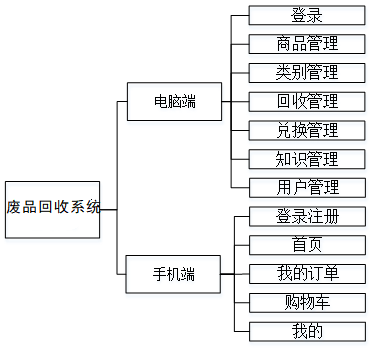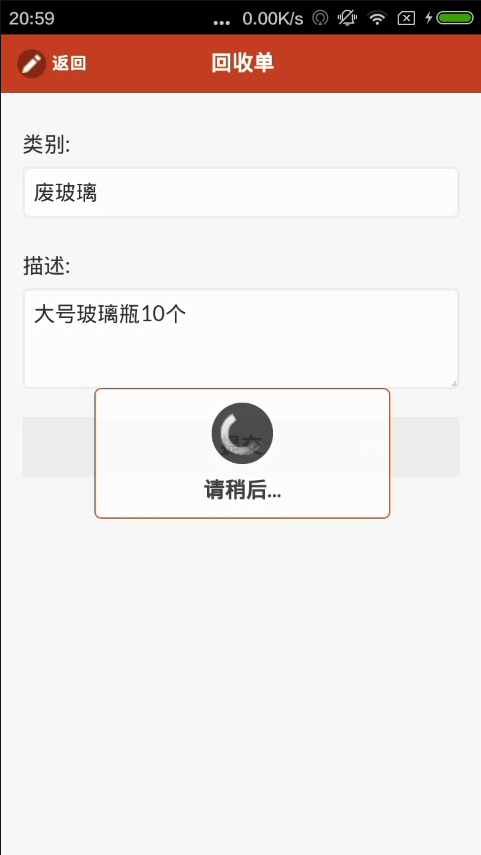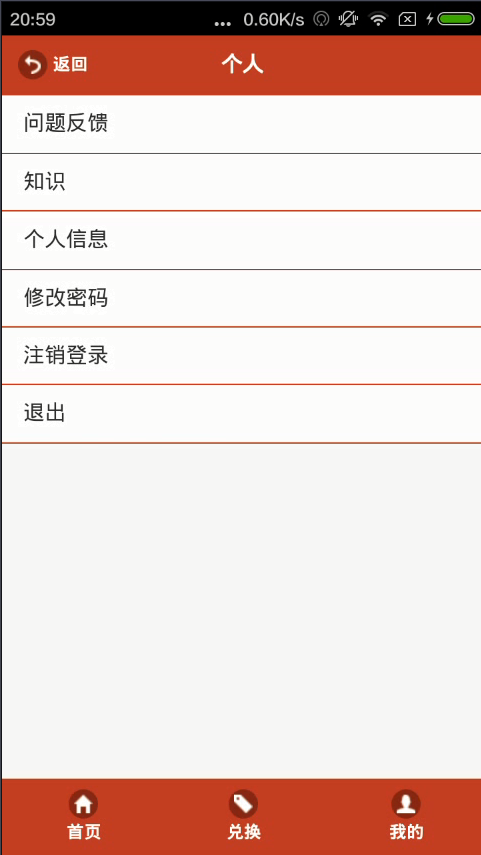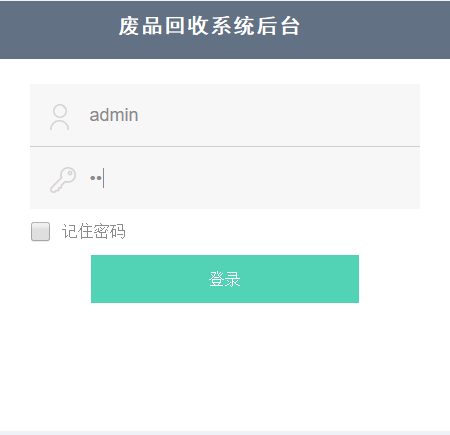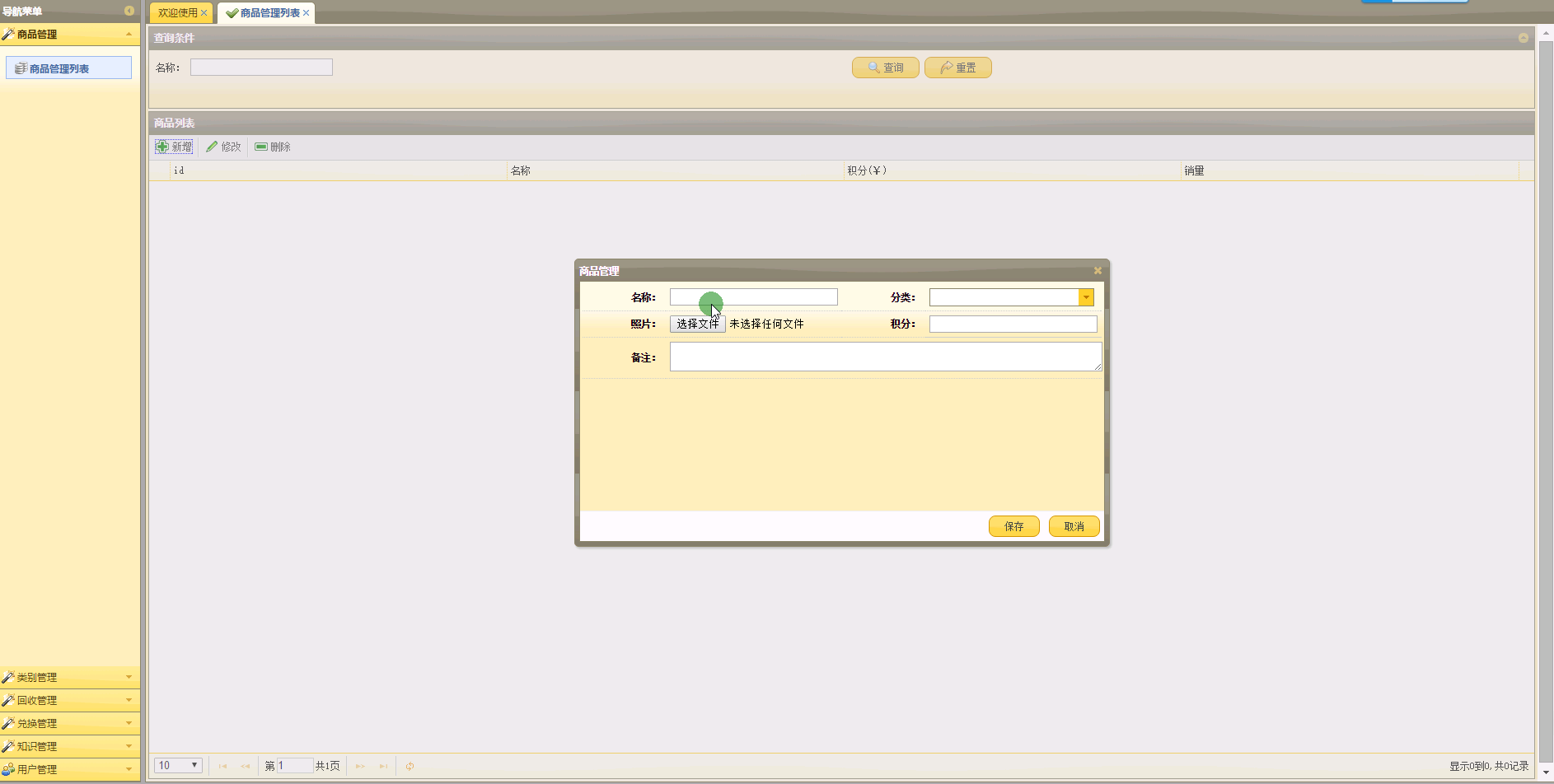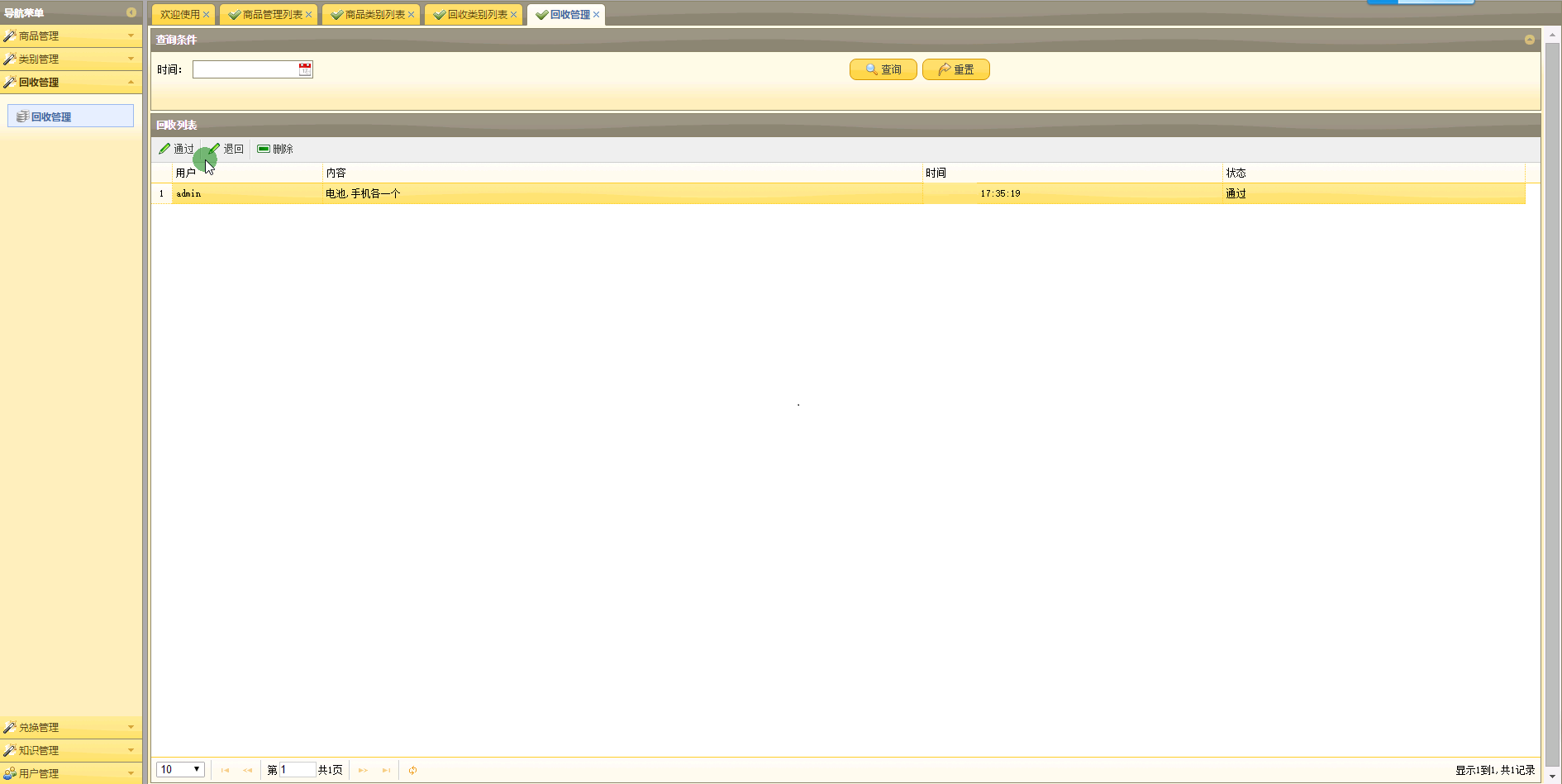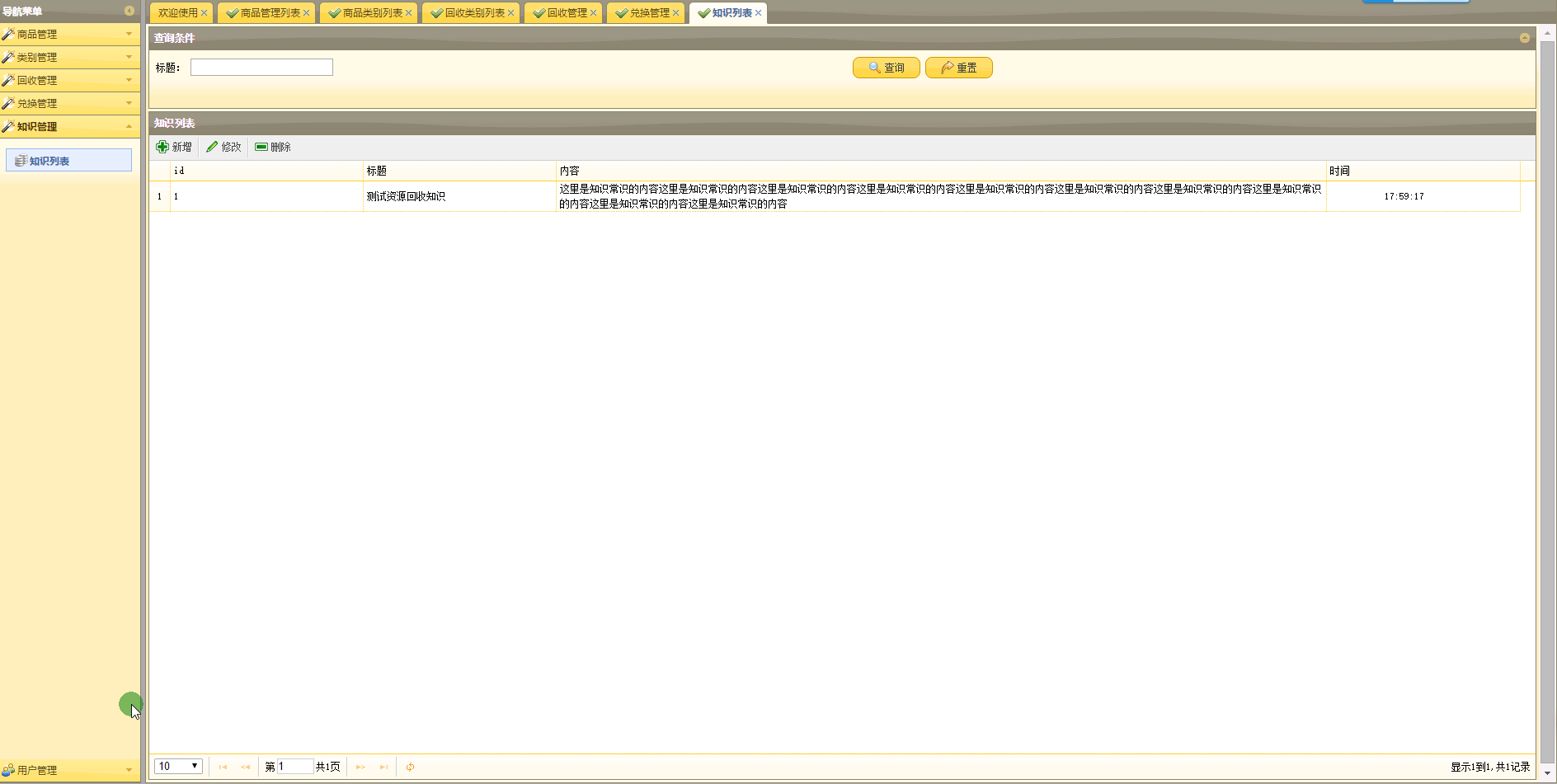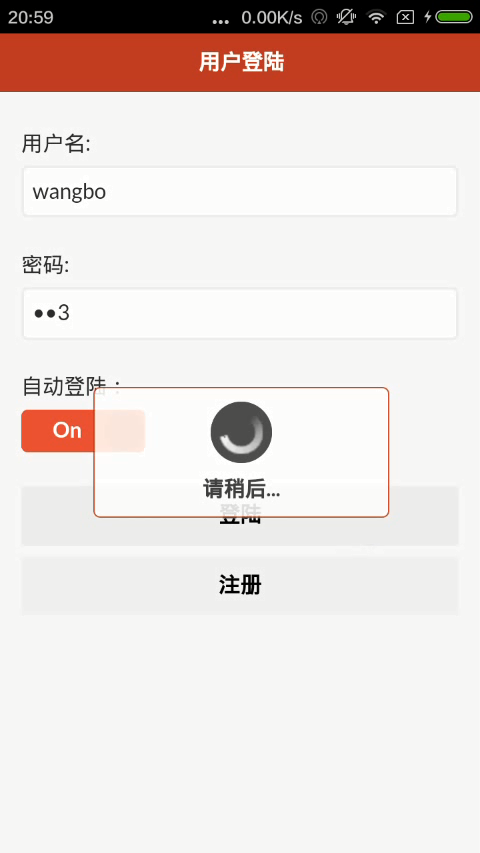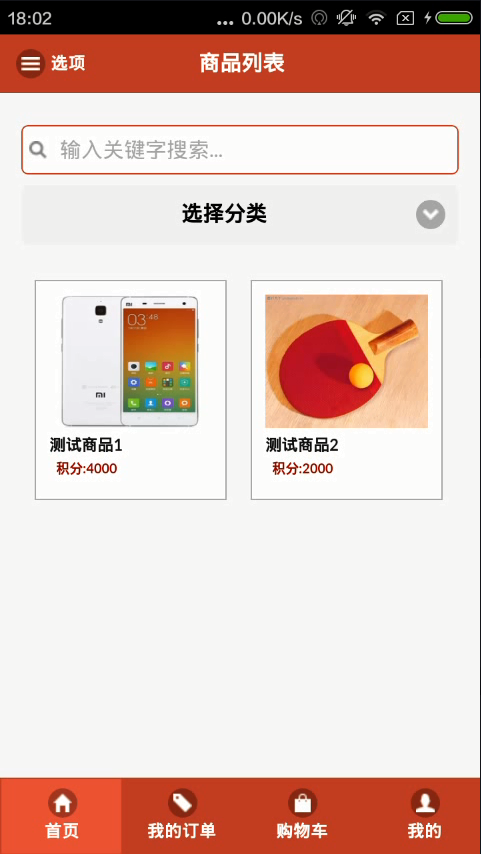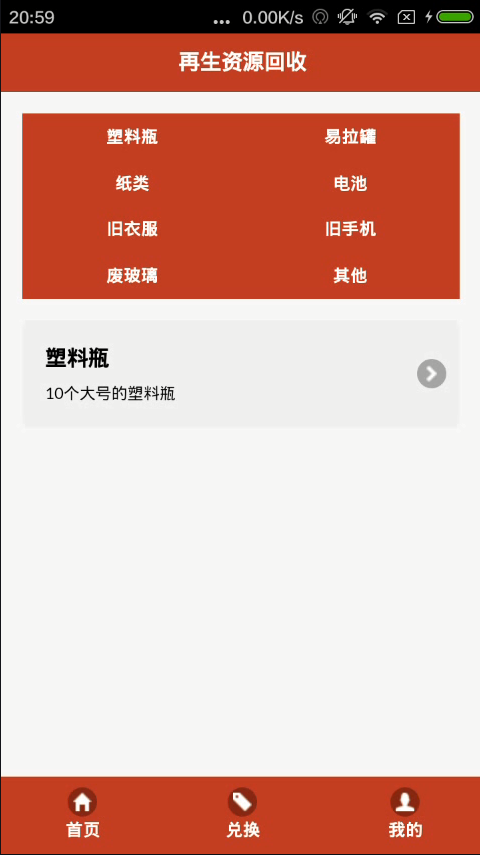摘 要
随着计算机科学的发展,互联网的全球化热潮使人类社会进入了一个新的信息时代,为广大网络用户提供了更加周到和个性化的服务。而电子商务(Electronic Commerce)是信息时代商务模式的实质性变革,是未来贸易方式的发展方向。电子商务技术的发展推动了全球经济的发展,网上政府、网上商店、网上交易等等又推动了电子商务技术的发展。
废品回收平台系统充分采用互联网络B/S管理系统模式与Android移动应用客户端模式,通过网络,为废品回收提供了一个便捷的平台,该系统主要包括客户端和服务端两个部分,服务端使用了三层结构、JSP技术,以增加系统的先进性、扩充性及前瞻性,从而使系统更加的稳定,电脑端主要实现登录、商品管理、类别管理、回收管理、兑换管理、知识管理、用户管理等功能子模块。手机端主要实现登录注册、首页、我的订单、购物车、我的等功能模块。
关键词:Android;JSP;废品回收平台系统;B/S
Abstract
With the development of computer science, the upsurge of the Internet makes the human society has entered a new era of information for the majority of Internet users with a more thoughtful and personalized service. The e-commerce (Electronic Commerce) is a substantive change in the information age business model is the future direction of trade. Development of e-commerce technology to promote global economic development, online government, online stores, online trading etc. but also to promote the development of e-commerce technology.
Recycling full use of the Internet platform B / S management system model and Android mobile application client mode, through the network, recycling provides a convenient platform, the system consists of two parts, the server and the client server use a three-tier structure, JSP technology to add advanced, scalability, and forward-looking system, making the system more stable, the main achievement of computer terminal login, merchandise management, category management, recycling management, exchange management, knowledge management, user management module. Mobile terminal mainly realizes Registration Home, my order, shopping cart, my other functional modules.
Keywords: Android; JSP; resource recovery platform system; B / S
目 录
1 绪论
1.1 选题的目的及意义
1.2 研究现状
1.3 本系统要实现的基本目标和研究内容
2 开发环境介绍
2.1 JSP简介
2.2 MVC简介
2.3 Android系统的架构
2.3.1 应用程序
2.3.2 应用程序框架
2.3.3 系统运行库
2.3.4 Linux内核
2.4 安全权限机制
2.5 Android平台的搭建
2.5.1 JDK的安装
2.5.2 Eclipse安装
2.5.3 Android SDK的安装
2.5.4 ADT的安装
2.5.5 创建AVD
2.6 Mysql数据库介绍
3 需求分析
3.1 需求分析重要性
3.2 功能需求
3.3 性能需求
3.4 可行性分析
4 总体设计
4.1 总体设计重要性
4.2 系统架构图
4.3 系统用例图
4.4 系统流程图设计
5 系统详细设计实现
5.1 系统功能模块设计
5.2 系统数据库设计
5.3 后台登录详细设计
5.4 服务端详细功能设计
5.4.1 商品管理模块实现
5.4.2 回收管理模块实现
5.4.3 兑换管理模块实现
5.5 手机端界面设计
6 系统调试与测试
6.1 程序调试
6.2 一般程序的测试
6.2.1 登录测试
6.2.2 添加测试
6.2.3 查询测试
6.2.4 主页面的登录模块测试
第7章 总结
参考文献
致 谢
